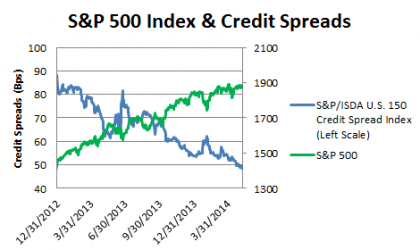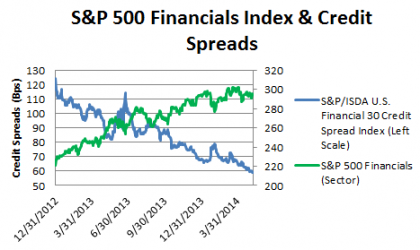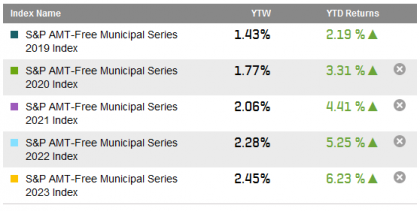In the last two weeks two mainstays of the British and global business press – The Economist and the Financial Times have argued strongly that indexing as an investment approach will overtake active management. The Economist (articles here and here) and the FT in its FTfm section on fund management (here and here) point to the lower fees typically charged for investment products based on indices as the key reason. It quotes Warren Buffet’s advice to his trustees of his (future) estate to put 10% in cash and 90% in a “very low cost S&P 500 index fund.” The article cites the growth in index investing’s market share among both individual and institutional investors, citing the continuing strong gains by ETFs as a key driver. Other contributors to the expanded use of index-based investments are regulations in Britain and other countries abolishing or limiting commissions earned by financial advisors. As asset-based fees replace transaction-based commissions, advisors join with clients in seeking minimal cost approaches. The increased interest in focused ETFs and “alternative beta” are also encouraging more investors to consider index-based approaches.
In FTfm¸ the FT’s voice on the fund management, an editorial and an article appeared on a report from the UK’s Department for Communities and Local Government arguing that local government pension funds are wasting money on active management fees.
There was a time when either people doubted the numerical evidence that index-based investments and their lower fees tend to out-perform the typical asset manager or simply claimed that no one wanted to be marked as average or ordinary by investing in and index fund. The data in S&P DJI’s SPIVA reports and other analyses tell the story. As noted by the Economist, new approaches to indexing are also supporting the growth of index-based investment products.
The posts on this blog are opinions, not advice. Please read our Disclaimers.

















































